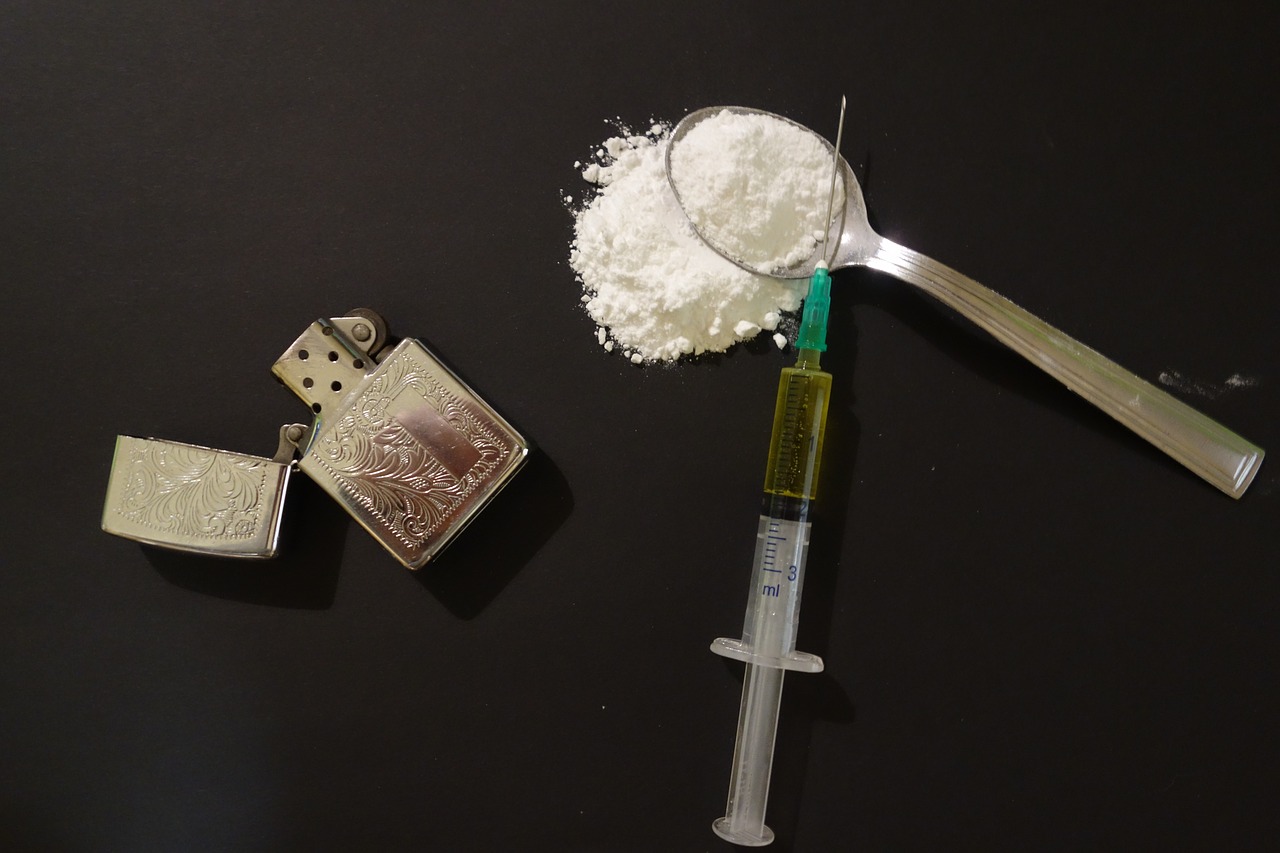The road to recovery is filled with struggle, perseverance, and pain for opioid addicts. These burdens are not just the result of the biological and psychological dependence to a particular drug, but rather also due to the difficulties associated with the rehabilitation period for those suffering from dependency, as symptoms of withdrawal may encourage usage of the drug. Beyond this, there are many socioeconomic factors that can bar those who need it most from accessing treatment.
The FDA approves of only three drugs for treatment of individuals with opioid use disorder (OUD): methadone, buprenorphine, and naltrexone. Methadone and buprenorphine bind to the same receptors that opioids do, however forgo the high that opioids often achieve. This decreases symptoms of withdrawal and, in conjunction with psychological treatment, has been shown to aid in recovery from OUD. On the other hand, naltrexone works to reduce the likelihood of relapse, and is generally taken after patients stop using.
In reality, access to methadone clinics and proper psychological treatment is far more difficult than it should be. While methadone and buprenorphine are meant to combat OUD, they are not free from stigma themselves. Many people, including policymakers, are unaware of the role that methadone and buprenorphine play in OUD treatment, placing an undue burden on those seeking it during recovery. Additionally, concerns of substance abuse of these medications make some physicians weary of prescribing them.
On the policy level, methadone and buprenorphine are highly regulated in the market, making it difficult for patients to locate pharmacies and hospitals where they can acquire medication. Additionally, patients who lack an insurance plan are more likely to use Opioids again, compared to Medicaid and private insurance holders. Even so, there are several gaps within the Medicaid system that, in order to alleviate the risks of OUD among low-income communities, need to be addressed.
Recovery for those suffering from OUD is an extremely difficult experience, and making treatments more accessible would make it easier for these treatments to be administered to those who need it most. Much of the issue stems from the stigma associated with OUD, that underlies these policy realities. In that case, the responsibility falls on the general public to fight these stigmas and be more empathic to patients. Review the U.S. Department of Health and Human Services or the Substance Abuse and Mental Health Services Administration websites to learn more about resources and educational materials for those with OUD.
In-text Image Source: Douglas Sacha
Feature Image Source: © RenoBeranger / Pixabay.










